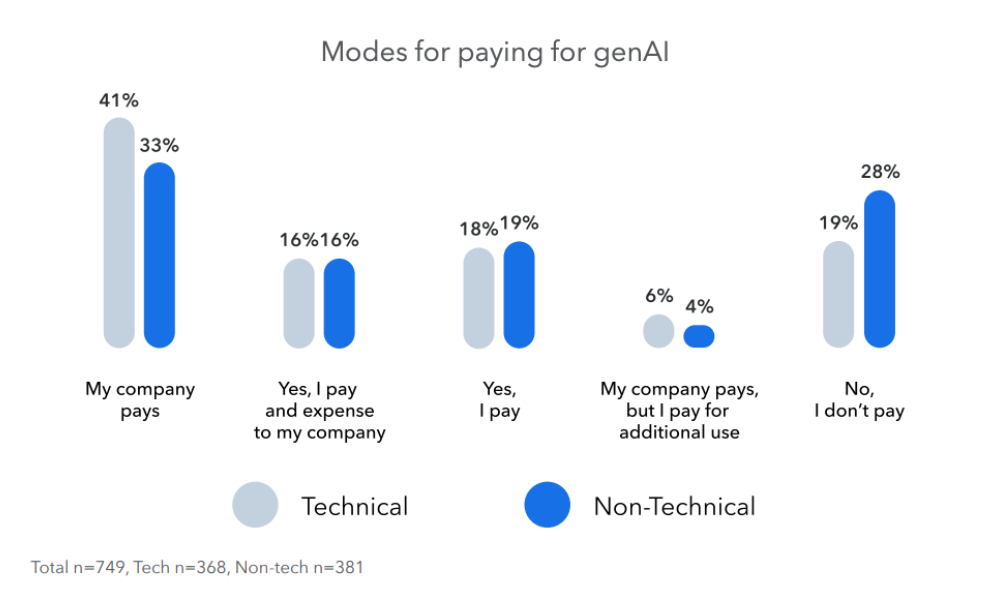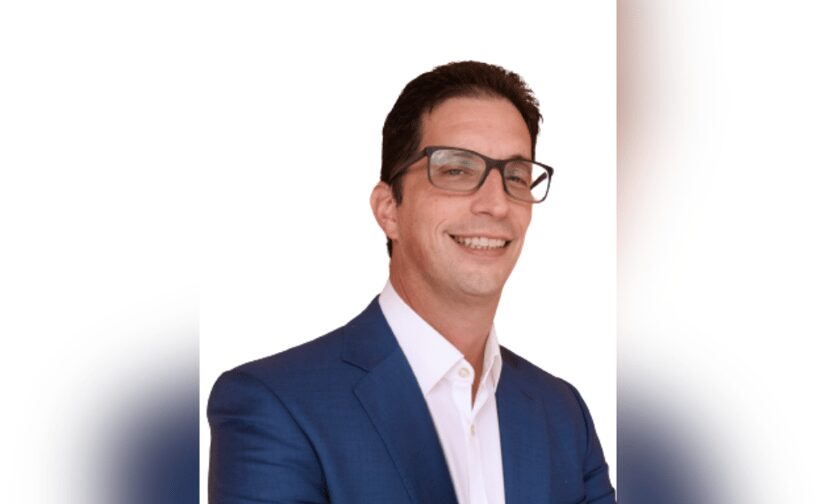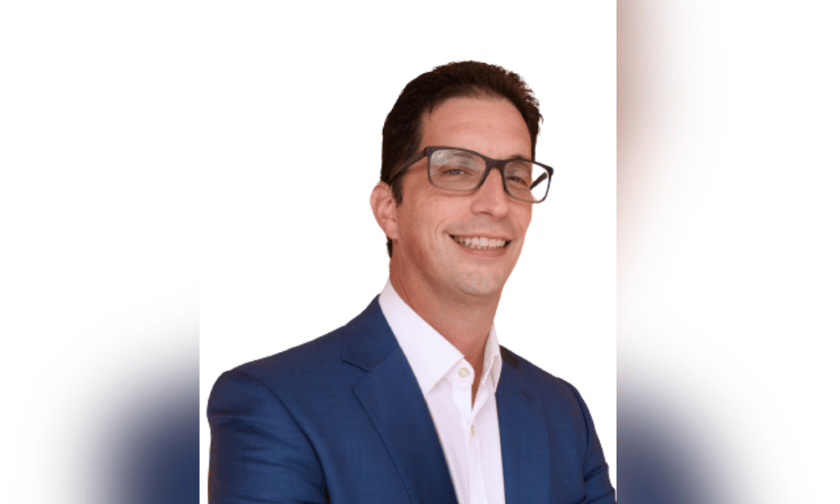Understanding the changing profile of environmental risk
Stalwart on top challenges facing brokers in 2024
From M&A to insurer service to the rapid advance of AI – what’s shaping the agenda of the insurance industry?

Unveiling the essential nature and threats of cyber security
Which businesses are being affected the most? And what are some of the concerns for brokers?

How to minimise your clients’ workplace injury claims
Early intervention is key to reducing claim numbers and lowering the overall insurance cost – what should brokers be aware of?

Specialist Risk Group’s Clare Lebecq on how the profile of women in insurance has changed
She shares top tips, advice and takeaways from her longstanding insurance career

How brokers are handling risks in the Med Tech and Life Science space
Delve into the most important developments and opportunities impacting this fast evolving sector – hit play now

Clear director on how the narrative around “people and culture” has shifted in insurance
Victoria ‘V’ Gallimore, group people and culture director at Clear shares insights into how insurance businesses can create healthy cultures

The rise of group litigation – uncovering the risks
England has become one of the most attractive countries for group litigation – experts address emerging risks and how they can be accurately assessed

Global Weekly News Roundup July 03-07, 2023
Catch up on all the latest news including market continues recalibration at mid-year renewals

Global Weekly News Roundup June 26-30, 2023
Tune in to all the latest news including Fitch reveals global insurance outlook

What underwriters need to consider in a challenging financial climate
Experts discuss top challenges and solutions faced by underwriters in the financial industry today

Global Weekly News Roundup June 19-23, 2023
Catch up on all the latest news including global protection gaps widening

Global Weekly News Roundup June 12-16, 2023
Tune in to on all the latest news including near-normal hurricane period predicted – but with a caveat

Global Weekly News Roundup June 05-09, 2023
Tune in to on all the latest news including near-normal hurricane period predicted – but with a caveat

Global Weekly News Roundup May 29- June 02, 2023
Tune in to all the latest news including shipping losses hit record low

Global Weekly News Roundup May 22-26, 2023
Listen to all the latest news including global insurance premium income revealed

Global Weekly News Roundup May 15-19, 2023
Tune in to all the latest news including human error, inaction top cyber vulnerabilities – report

Keep up with the latest news and events
Join our mailing list, it’s free!

This page requires JavaScript




















